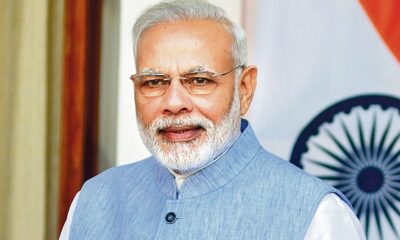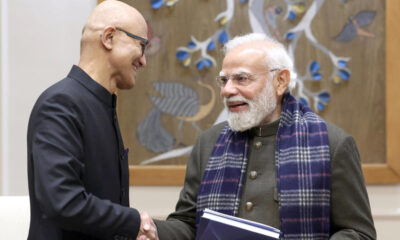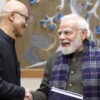Why India’s Investment in Astronaut Shubhanshu Shukla Is a Strategic Masterstroke
India’s space program, long admired for achieving the extraordinary with limited resources, is set to mark another historic milestone. Group Captain Shubhanshu Shukla, a decorated Indian Air Force pilot, will become the second Indian to travel to space and the first with an Indian passport to reach the International Space Station (ISS). His journey, part of Axiom Mission 4 (Ax-4), is more than a scientific voyage—it’s a strategic investment in India’s space future.
The mission, which is estimated to cost over ₹500 crore (around $60 million), may seem steep for a nation celebrated for its frugal yet effective approach to space exploration. But this is not mere expenditure—it is a calculated investment in India’s future standing in the global space arena.
India has consistently demonstrated its commitment to space. In 1975, it invested ₹3 crore in launching its first satellite, Aryabhatta. In recent years, the country allocated ₹978 crore to Chandrayaan-2 and ₹613 crore to Chandrayaan-3, showing that it is not afraid to take bold steps and learn from setbacks. Shukla’s mission represents another such bold step—one that will expand India’s technological capability, global influence, and scientific knowledge.
The Ax-4 mission is organized by US-based Axiom Space, in collaboration with NASA and ISRO. It will launch on June 8, 2025, from NASA’s Kennedy Space Center in Florida aboard a SpaceX Falcon 9 rocket. Shukla will serve as the mission pilot alongside Commander Peggy Whitson, a veteran NASA astronaut, and crew members from Poland and Hungary.
While in orbit, the Ax-4 crew will conduct nearly 60 scientific experiments—more than any previous Axiom mission. The research spans space medicine, robotics, material science, and biology, with contributions from 31 countries. Notably, seven of these studies are being led by ISRO.
The ISRO-led experiments explore topics such as cognitive responses to computer screens in microgravity, growth patterns of microalgae and cyanobacteria in space, muscle loss mitigation strategies, and the effects of spaceflight on crop seed germination. These studies are vital for informing India’s future space ambitions, including long-term human spaceflight and extraterrestrial agriculture.
Beyond scientific impact, the mission is also a powerful educational tool. The Ax-4 astronauts will interact with students on Earth via the ISS Ham radio, offering a unique opportunity to engage with and inspire the next generation of Indian scientists, engineers, and space explorers.
This mission is a stepping stone toward India’s larger human spaceflight goals. The upcoming Gaganyaan mission, expected within two years, will send three Indian astronauts into low Earth orbit for a three-day mission. By 2028, ISRO plans to launch the first module of the Bharat Antariksha Station, with a full-scale space station envisioned by 2035.
Group Captain Shubhanshu Shukla’s journey is not just a personal milestone—it is the beginning of India’s sustained presence in space. His mission symbolizes India’s intent to move from a participant to a leader in the space domain, proving that calculated ambition, when backed by investment and vision, can launch a nation into new frontiers.
IT.




























